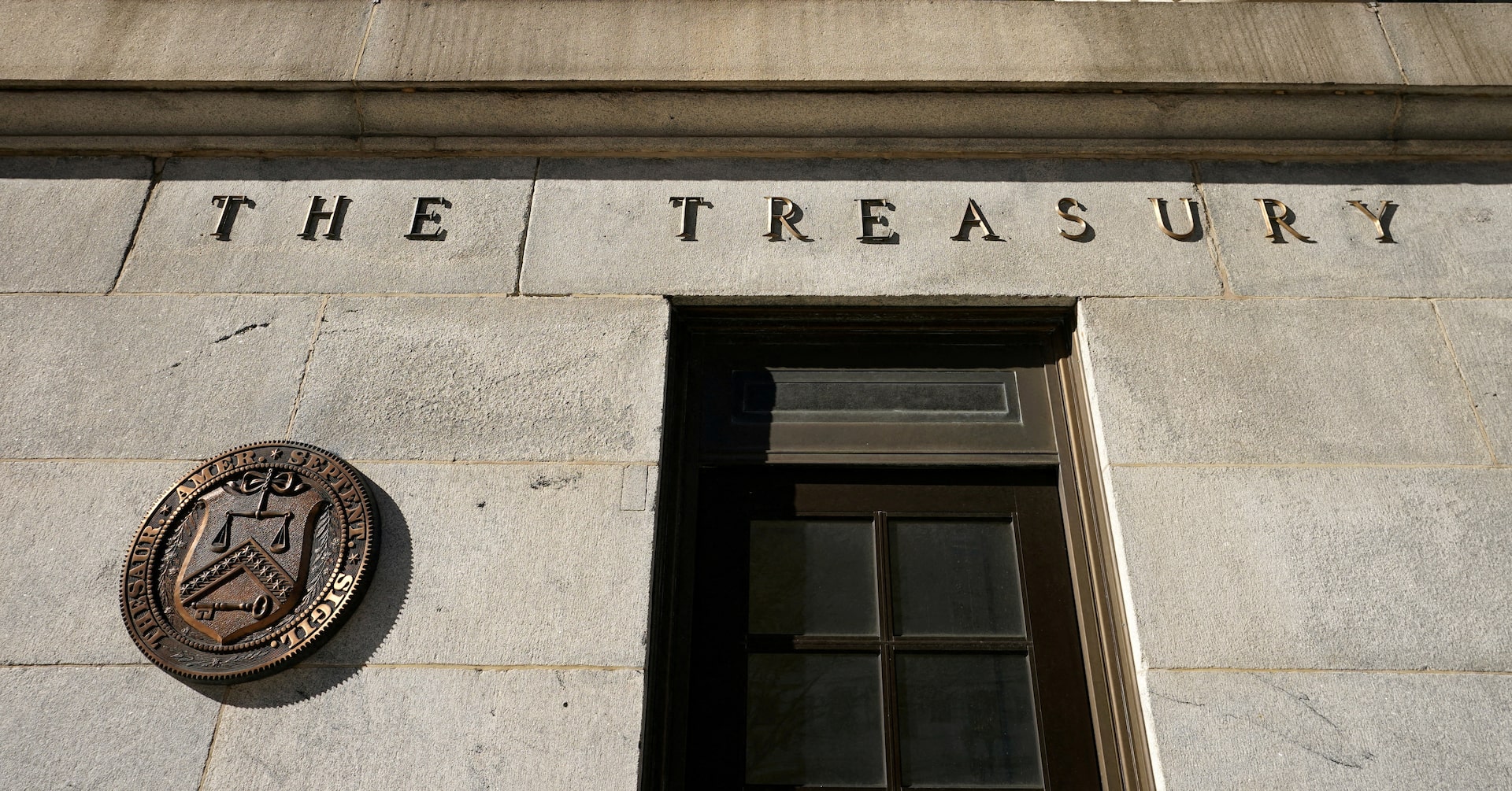NEW YORK, March 19 (Reuters) – Investors have been turning to U.S. Treasuries as a safe haven amid market turbulence driven by President Donald Trump’s trade policies. However, an impending debt ceiling debate and persistent political brinkmanship serve as reminders that even the world’s ultimate risk-free asset is not immune to vulnerabilities.
The $28.5 trillion U.S. Treasury market is the largest bond market globally, renowned for its liquidity and stability, enabling investors to swiftly move large sums of money. Nonetheless, several issues could challenge perceptions of the safety of U.S. debt securities.
Foremost among these is the debt ceiling, a self-imposed borrowing cap requiring congressional approval to be suspended or raised. A debt ceiling standoff in 2023 triggered a sell-off in stocks and bonds, pushed the U.S. to the brink of default, and damaged its credit rating.
Monica Defend, head of Amundi Investment Institute, noted that rising debt levels in recent years have weakened the sovereign credit profile.
“But the bigger threat is the possibility of a technical default due to political arguments over the debt ceiling,” Defend said. In 2023, Congress lifted the debt ceiling until January 1, 2025, meaning lawmakers must revisit the issue later this year to prevent a default. Some analysts estimate the X date, when the government runs out of funds to meet all of its debt obligations, could be around July or August.
Meanwhile, the threat of a government shutdown, narrowly avoided last week, was a reminder for investors of the ongoing congressional brinkmanship that has contributed to global ratings agencies’ moves to downgrade the United States’ once top-tier credit rating.
Despite Republican control of Congress, political polarization remains a key concern, as policy reforms often require bipartisan consensus, said a source at a major ratings agency, speaking on condition of anonymity.
Harrison Fields, a White House spokesperson, said Trump is committed to restoring fiscal credibility.
The recent decline in long-term U.S. interest rates since he returned to the White House on January 20 is a sign of market confidence in his policies, Fields said, pointing to a decline in the term premium, which measures what investors charge for holding debt for a longer period of time, as further evidence.
Treasuries have rallied recently as Trump’s unpredictable tariff moves have sparked fears of a trade war and potential recession, driving investors into the perceived safety of U.S. government debt. Concurrently, sovereign credit default swaps (CDS) – a key measure of credit risk – have edged to their highest since early November, when the cost of insuring against a default rose amid election and debt ceiling jitters.
“USA CDS spreads tend to trade at very tight levels except during periods of debt ceiling concerns. And as of today, the debt ceiling has not been raised,” said Jigar Patel, a strategist at Barclays.
Beyond political disputes, future ratings actions will depend on clarity around the U.S. fiscal path, said the source at the ratings agency. Republicans are pushing a $4.5 trillion tax cut extension, but its impact on deficits remains uncertain without significant spending cuts, which could conflict with Trump’s pledges to protect social programs.
Additionally, institutional strength and government checks and balances are under scrutiny, said the source. One area of focus is how the newly established Department of Government Efficiency (DOGE), led by Elon Musk to reduce wasteful spending, might influence policy decisions and shift the balance of power within the government, the source added.
Moody’s, the last major agency that rates U.S. sovereign debt at the top triple-A rating, cut its outlook to “negative” in November 2023. Fitch downgraded the U.S. credit rating earlier that year, following a debt ceiling standoff, while S&P Global Ratings has warned that rising deficits and political gridlock could pressure its AA+ rating.
Another potential risk to the bond market is the Trump administration’s readiness to explore unconventional strategies to manage U.S. debt, analysts and investors said.
One idea gaining traction among market participants is that Trump might leverage the threat of tariffs and U.S. security alliances to persuade foreign governments to swap their Treasury holdings for lower-cost century bonds.
“How that would work is not clear, but I can’t imagine it would be good for the confidence of U.S. bondholders,” said Steven Zeng, U.S. rates strategist at Deutsche Bank.
Trump has occasionally criticized the Federal Reserve and pressured it to lower interest rates. In recent weeks, Trump and Treasury Secretary Scott Bessent have pledged to contain the 10-year Treasury yield, a building block for the financial system and a benchmark for consumers’ borrowing costs.
“If you really are concerned about keeping the 10-year low, you can double down on credibility,” said Ben Harris, vice president and director of economic studies at Brookings, who recently served as chief economist at the Treasury Department.
This could be achieved by pledging to maintain the independence of the Federal Reserve, or through a timely and responsible budgeting process, he said.
“There’s an inconsistency between their stated aspiration and their policy approach,” said Harris.
— news from Reuters
